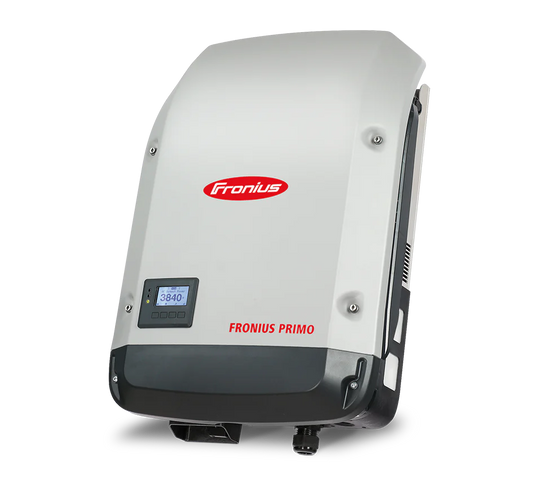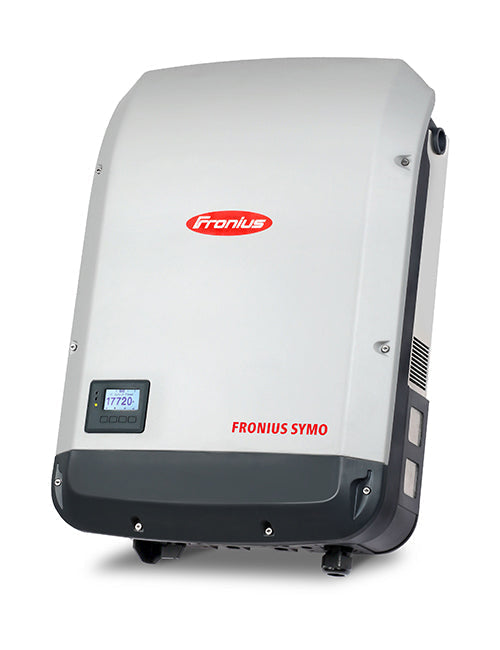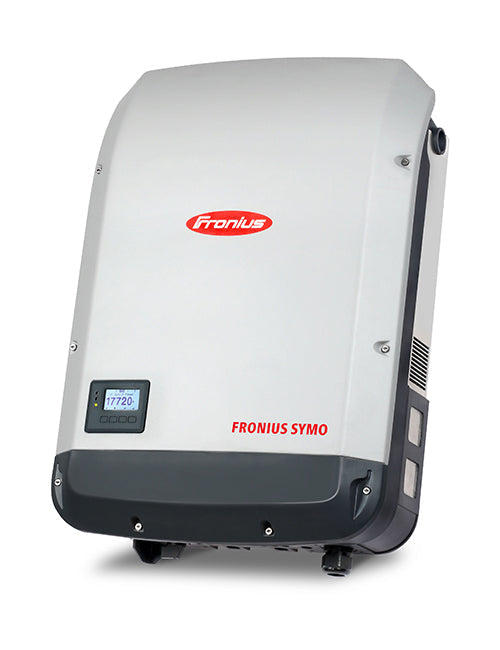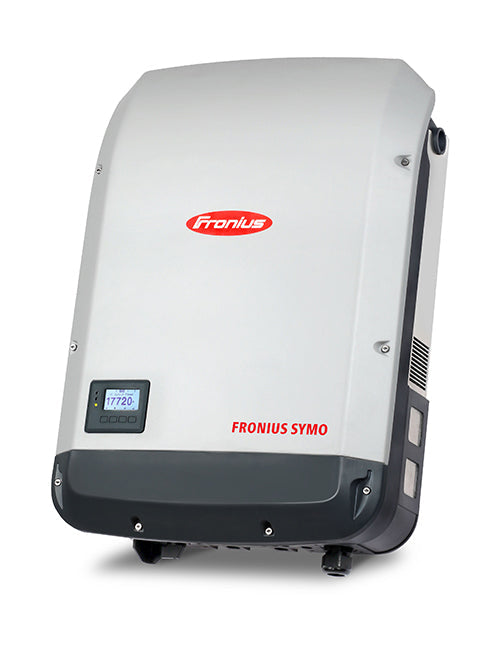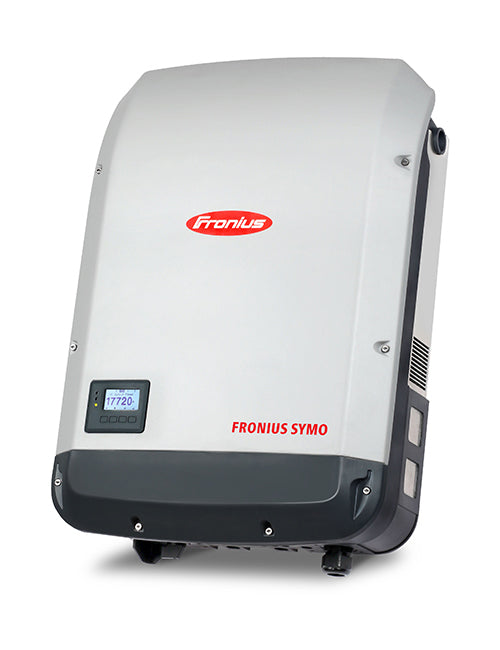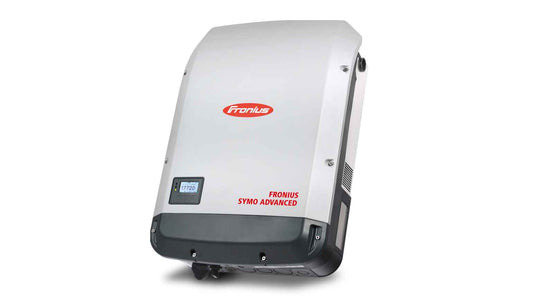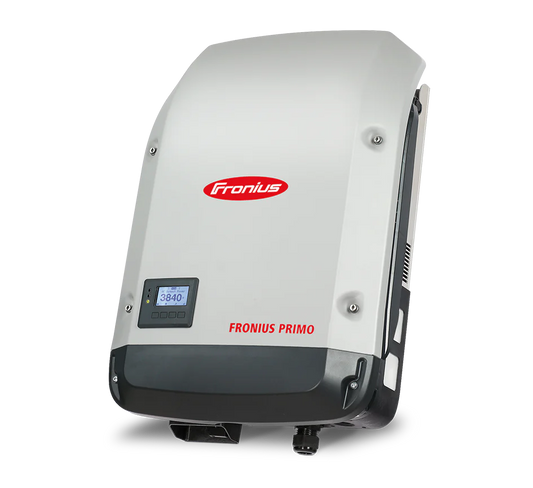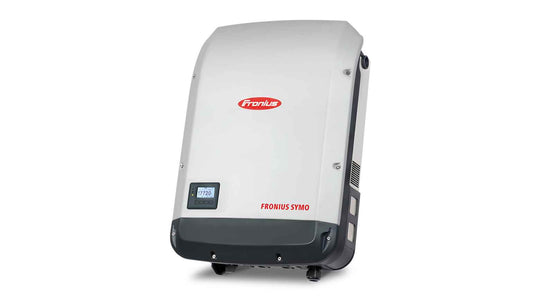SPECIFICATIONS
Tech Specs
Dimensions and Safety
TECHNOLOGY
Wiring Diagram

Photovoltaics
Solar modules and an inverter are the basis for a sustainable energy solution. In this way you can produce electricity for your household on your own roof.
... with storage unit
By expanding your PV system with a storage unit, you can use the electricity you generate yourself even when the sun is not shining.
... with e-mobility
By also charging your electric car with solar power from your own roof, you not only power your car with green electricity, but you also do not have to pay for electricity from the grid.
... with water heating solution
Electricity from your PV system can also be used to heat water, e.g. for showering or heating. This means that your PV system pays for itself even faster.

Photovoltaic modules
With home installations, solar modules are usually mounted on the roof. Sunlight hits solar cells, where solar energy is converted into electrical energy.
Energy storage
A PV system can be expanded with a battery. In a storage system such as this, surplus energy is stored temporarily and can be used when needed (e.g. at night).
Inverter T
he heart and brain of every PV system. The inverter converts the direct current generated into alternating current that can be used in the household.
The inverter also optimises the yield, controls energy flows and checks the function of the PV system.
Fronius Smart Meter
A smart meter is an intelligent electricity meter. Fitting the Fronius Smart Meter allows you to optimise energy management and thus self-consumption.
Innovative SnapINvertermounting technology
get free consultation
Our team of Solar Specialists are waiting to help you!
During this call we discuss your project requirements and set you up with one of our expert energy consultants who will analyze your roof, electrical systems, and energy needs so they can prepare a custom tailored solution just for you!
What is the default IP address to access the Datamanager interface page?
The Fronius Datamanager interface can be accessed by typing “http://datamanager” in your browser search bar, or via IP address 169.254.0.180 for the LAN interface, via IP address 192.168.250.181 for the WLAN Access Point. This is accomplished only when a computer or smart device is connected directly to the access point of the inverter..
Inverter is showing offline on Solar.web directly after commissioning.
The Datalogger ID is a number that always begins with “240.”. It is important to note that your datalogger ID may be missing a digit if the ID was read from the inverters display directly. Datalogger IDs can be 7 digits long and should be read from the Datamanager interface screen or from the list of available networks on your smart device once the access point is activated. Make sure this ID matches the ID your Solar.web page.
Wi-fi Access point is unavailable.
The most common solutions to this are to firstly restart the inverter via AC and DC reset. Check to make sure there is a Datamanager card installed and check that the Solar.net ring is complete. If the ring is not complete, a red LED representing the “X” symbol will show on the card and the access point will be unavailable.
What are the oversizing parameters of the inverters?
Regarding DC:AC ratio, each inverter can be oversized by 50% except for the Fronius Symo 208 15.0kW inverter which can be oversized by 40%. Care should be taken with respect to the maximum open circuit voltage of the inverter, as well as the maximum short circuit current. System design exceeding these limits is against the terms of warranty.
Static IP address vs Dynamic IP address?
Dynamic IP addresses can change each time the Datamanager connects to the internet. This is a common practice in networking and is used when the IP address of the inverter is not needed to be known. Most consumers and residences use dynamic IP addresses for their networking needs. Static IP addresses are necessary under circumstances where customers have large networks and individual IP addresses need to be known for proper networking.
Which ports should be opened to bypass firewalls on the network?
It can sometimes be necessary to port forward 49049 UDP to bypass firewall issues with the gateway or Internet Service Provider. This port is essential to outbound information to the Solar.web servers and must have a viable connection to outbound data.
What do the LEDs on the Datamanager card indicate?
Each LED corresponds to a specific symbol and state of the Datamanager card. The Check symbol represents power is being supplied to the card. The Antenna symbol indicates that the Datamanager card is connected wirelessly to a router. The Globe symbol represents the link between the Datamanager card and the Internet. Lastly, the “X” symbol indicates a viable connection in the Solar.Net ring. A red LED indicates the absence of its respective symbol.
What Fronius options are there for Module Level Shutdown devices?
Installers are responsible for the research and implementation of their Rapid Shutdown equipment. Our Fronius Primo line can be paired with IMO FireRaptor PV isolating equipment. APsmart rapid shutdown is commonly paired with the Fronius Symo Advanced inverter which features the power line communicator.
What options do you offer for string sizing?
The Fronius Solar.creator tool is versatile and allows you to size a system appropriately with in-depth parameters. Watch the linked video for a quick overview or watch a training on-demand here.
Why is state code 240 a common fault on my system?
The state code 240 indicates an active arc on the PV array that was detected by our Arc Fault Circuit Interruption Algorithm. This arc can be found in any connection point of DC lines coming from the modules. It is important to examine every connection point for an excellent bond and check all torques on electrical lugs. The addition of 3rd party devices to the PV array adds more connection points that have the potential to arc.
RELATED PRODUCTS
Create a Custom Solar Kit
With our do-it-yourself solar kits, you can save thousands of dollars on solar panel installation. Solarkitdepot walks you through system design and installation so you can install your system with confidence.
get started with solar
We'll help you in determining your solar demands!
What is the price of solar panels? Get a quick estimate of how many solar panels you'll need for your home using our user-friendly solar panel calculator.






